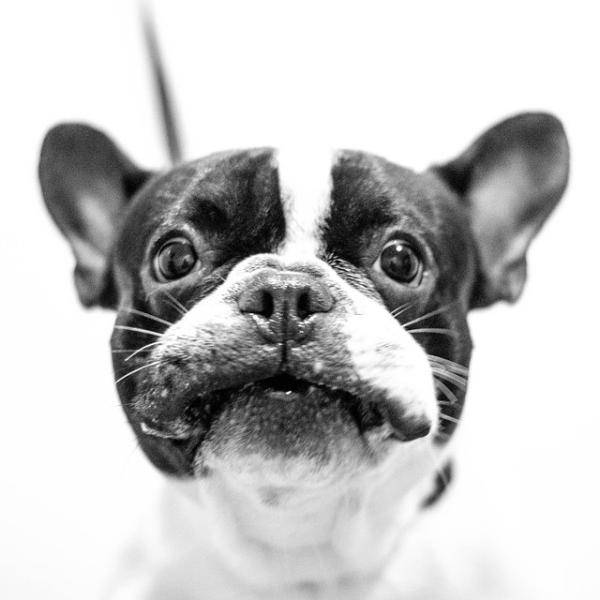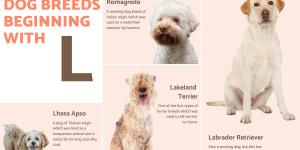French Bulldog

The French bulldog is a small but sturdy dog. Its bat ears and flattened face are its two most notable characteristics, in addition to its good-natured and affectionate temperament. It originates from the first bulldogs of England. Like all variants of this breed, and like their compatriots, they are animals that need a lot of attention and company. Therefore, they are highly recommended for families with older children or for people who live alone.
In this AnimalWised breed file we tell you everything you need to know about the origin, physical characteristics, character, care, education and health of French Bulldogs.
- Europe
- France
- Group IX
- 5-14
- 14-18
- 18-22
- 22-27
- 27-31
- More than 31
- 2-7
- 7-22
- 22-55
- 55-100
- 100-220
- 8-10
- 10-12
- 12-14
- 15-20
- Low
- Meidum
- High
Origin of the french Bulldog
In the second half of the 19th century, during the industrial revolution, many English workers migrated to France. A large part of these workers came from the English city of Nottingham, where bulldogs were highly valued and were then brought to France by their owners. Some of those bulldogs were very small and some also had erect ears, a trait that was not very appreciated in England. In France, however, the erect-eared bulldog caused a sensation, especially among women. Therefore, pet traders were put in charge of importing more and more of those small bulldogs that became known as bouledogue Francais or French bulldog.
By the end of the 19th century, French breeders had already managed to consistently breed those small dogs with "bat ears" and some French bulldogs had been acquired by high-birth families. It is from then on that the breed gained more prominence in French cinofilia and had greater diffusion abroad. The favoritism by these privileged classes helped to catapult the popularity of this breed. The French Bulldog was then exported to America where its popularity grew even more.
Today the French bulldog is highly appreciated as a pet and companion. They can also be found in dog shows all over the world, and some of them perform as therapy dogs.
Physical characteristics of a French Bulldog
The weight of a bulldog should not be less than eight kilograms or more than 14 kilograms, for both males and females. The size is not indicated in the breed standard, but it must be proportional to its weight. Obviously, they are small dogs. This bulldog is a robust dog with solid bones despite being small and plump. It is a typical small molossoid.
The upper line of the body of this dog rises at the level of the back and then descends sharply towards the tail. Its back is broad and muscular and its rump is oblique. The chest of a French bulldog is cylindrical and deep, with a very wide parapet. The flanks are raised at the level of the belly, but are not lifted.
The French bulldog has a wide square head, with folds and wrinkles on its skin. Its face is flattened with a wide, short and raised nose. The dark, large, rounded and slightly bulging eyes have an awakened expression. The ears are medium, broad at the base and rounded at the end. They are erect with a high insertion.
The tail of this dog is short of birth with a low insertion. Thick at its base, its central portion can be naturally knotted or the tail might be bent to end in a point. Even when the bulldog is active, it has the tail below horizontal.
The hair of a bulldog is very beautiful and striking. It's satin, tight, shiny and soft. According to the racial standard published by the International Cynological Federation (FCI), the coat may appear tawny or fawn brindle, with white patches.
Character of a French Bulldog
The temperament of French bulldogs corresponds perfectly to that of companion dogs. These dogs are friendly, playful, very sociable and sweet. It can be said that they are the perfect lap dogs. These bulldogs tend to socialize easily with people, dogs or other animals. They usually get along very well with children, but they can be very demanding of company and pampering. In spite of that, it is important to socialize these dogs from an early age to prevent them from becoming shy when they are adults.
This breed does not tend to be very problematic, but because of their great need for companionship they can develop separation anxiety easily. That means that the French bulldog can become a destructive dog if it stays alone for long periods of time. This is not a dog that you can leave isolated in a room, the patio or the garden.
On the other hand, these dogs are excellent pets for most people. Because of their friendly and sociable nature, they are excellent pets for families with older children and single people. However, you have to consider that they demand a lot of company and are very playful, so they are not suitable for people who spend most of their time out of the home. They are also good dogs for first time owners, provided they are aware of the time they should devote to their animal.
Caring for a French Bulldog
The short hair of a French Bulldog does not demand much care. Weekly brushing to remove loose hair and the occasional monthly bath is enough to keep this dog happy. However, the wrinkles on its face must be cleaned frequently to prevent dirt accumulation.
A French Bulldog does not need to exercise much. Despite being a very playful dog, it gets tired quickly and can do most of its physical exercise indoors. However, we advise offering your dog a moderate walk every day to stimulate its mind and allow it some time to socialize. Because of its flattened nose, the French bulldog does not tolerate warm climates. For this reason, it is not good to allow or force it to do intense exercises, since it can suffer easily from thermal shock.
This breed is not good at swimming, so it is important to monitor it constantly if there are pools, lakes or bodies of water nearby. French bulldogs usually have trouble swimming, since their heads are very heavy in proportion to the rest of their bodies, and they can drown easily.
These dogs adapt very easily to life in apartments and large cities, so they are excellent pets for cosmopolitan people. However, we must bear in mind that its company needs are very high and it cannot stay alone for long or live in isolation in a room, garden or patio. These dogs need to be with their families majority of the time.
Educating a French Bulldog
This is one of the breeds that do not stand out in canine training and many "old school" coaches label French bulldogs as stubborn and dominant dogs. However, the real reason why it is difficult to train these dogs is because they do not respond well to traditional training.
In contrast, when trained through clicker training, or another variant of positive training. French bulldogs can learn easily. The only aspect that need more time for is education on how to go to the bathroom, because these little dogs need to go more often than dogs of medium or large breeds.
Health of a French Bulldog
Unfortunately, the French bulldog is prone to several canine diseases, many related to its flattened snout. Among the most frequent are:
- stenotic nares
- elongated soft palate
- intervertebral disc degeneration
- canine hemivertebra
Less frequently, they are also diagnosed with:
- hip dysplasia
- patellar dislocation
- entropion
- cataracts and deafness
French Bulldog photos
























